5 Famous Artists Who Were Migrants and Other Stories
As long as there have been artists, there have been migrant artists. Like anyone else, they’ve left their homeland and traveled abroad for many...
Catriona Miller 18 December 2024
Being a prophet in one’s own land is a challenge that extends to artists as well. Carl Larsson, now one of Sweden’s most celebrated painters, initially faced little success in his home country. However, a transformative shift occurred when he relocated to a Scandinavian artistic community near Paris and transitioned from oils to watercolors. But today’s story is not about prophecies but homes. Join us as we explore the warm, cozy, and inviting house of Carl Larsson!

Larsson moved to Paris in 1877. Initially, he found it very frustrating because he didn’t want to establish contact with the French Impressionists. Additionally, he had not made any progress in his own career. After spending two summers in Barbizon, he settled down with his colleagues in 1882 in Grez-sur-Loing. This is where he met the artist Karin Bergöö.
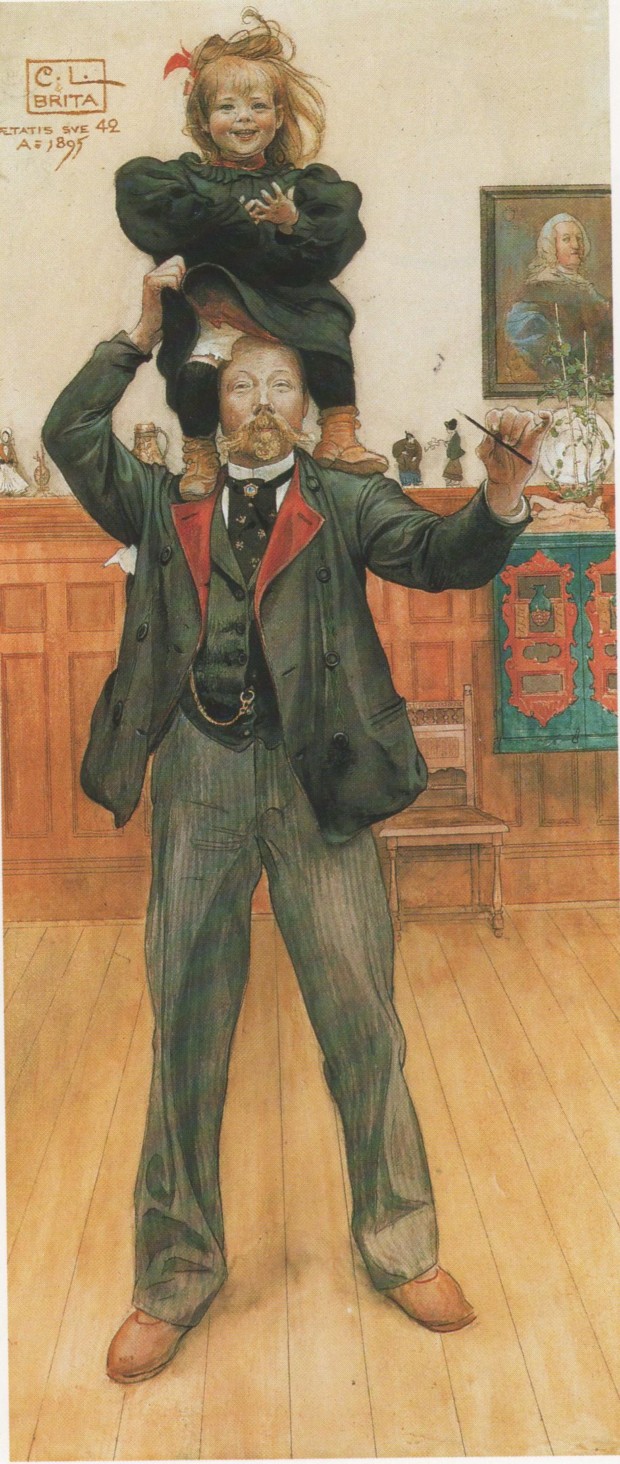
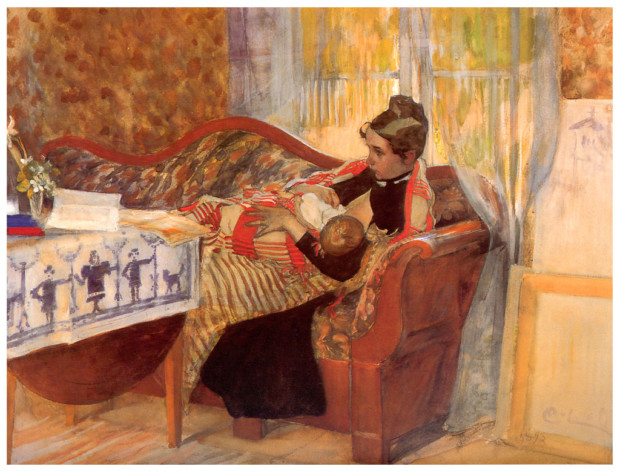
Karin Bergöö was also an artist, but she halted her artistic pursuits after marriage and the bearing of 8 children. Despite this, the family soon became the central focus of Larsson’s attention. His most triumphant works capture scenes from his home, which has now become one of the most renowned artist homes in art history. For further details, you can explore the house’s website here.
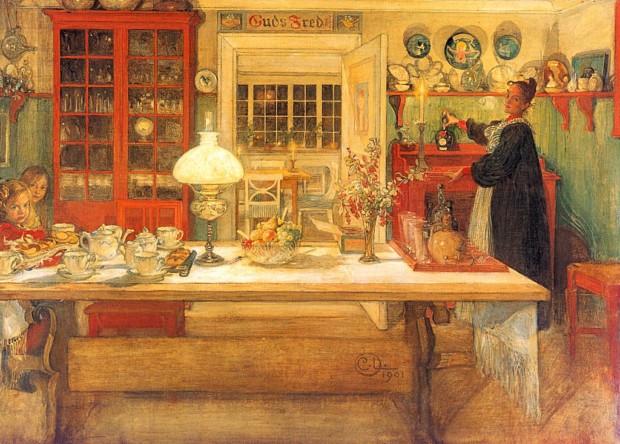
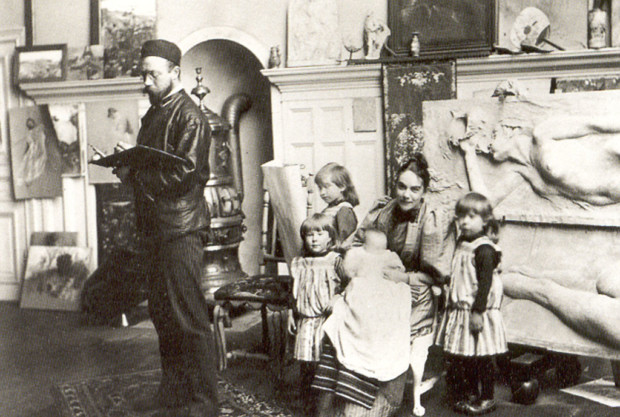
The couple received their house from Bergöö’s father. They kept redecorating it in a comfortable Arts and Crafts style. Bergöö focused on the textiles, whereas Larsson painted, also in the style of Aestheticism. His works gained popularity with the development of color reproduction technology in the 1890s. Consequently, one of the Swedish publishers, Bonnier, published books written and illustrated by Larsson, which contained color reproductions of his watercolors. The books became real bestsellers!
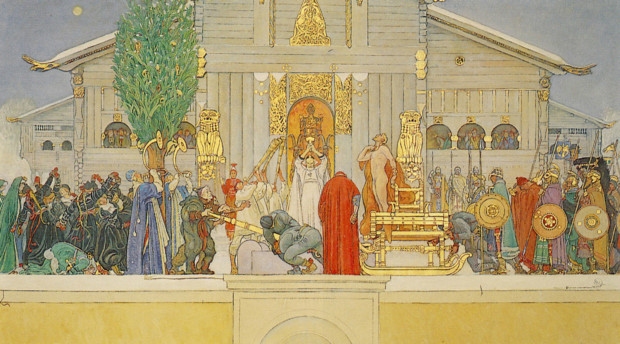
Having become more successful, Larsson was finally accepted at the Paris Salon. He was also commissioned to complete several large frescoes for the foyer of the Stockholm Opera. However, the committee for the Swedish National Gallery declined to install Midwinter Sacrifice, which showed a Norse legend and was to be installed in the hall of the central staircase. It left Larsson devastated because he considered it his masterpiece. The Gallery ultimately accepted it 8 years later.
DailyArt Magazine needs your support. Every contribution, however big or small, is very valuable for our future. Thanks to it, we will be able to sustain and grow the Magazine. Thank you for your help!